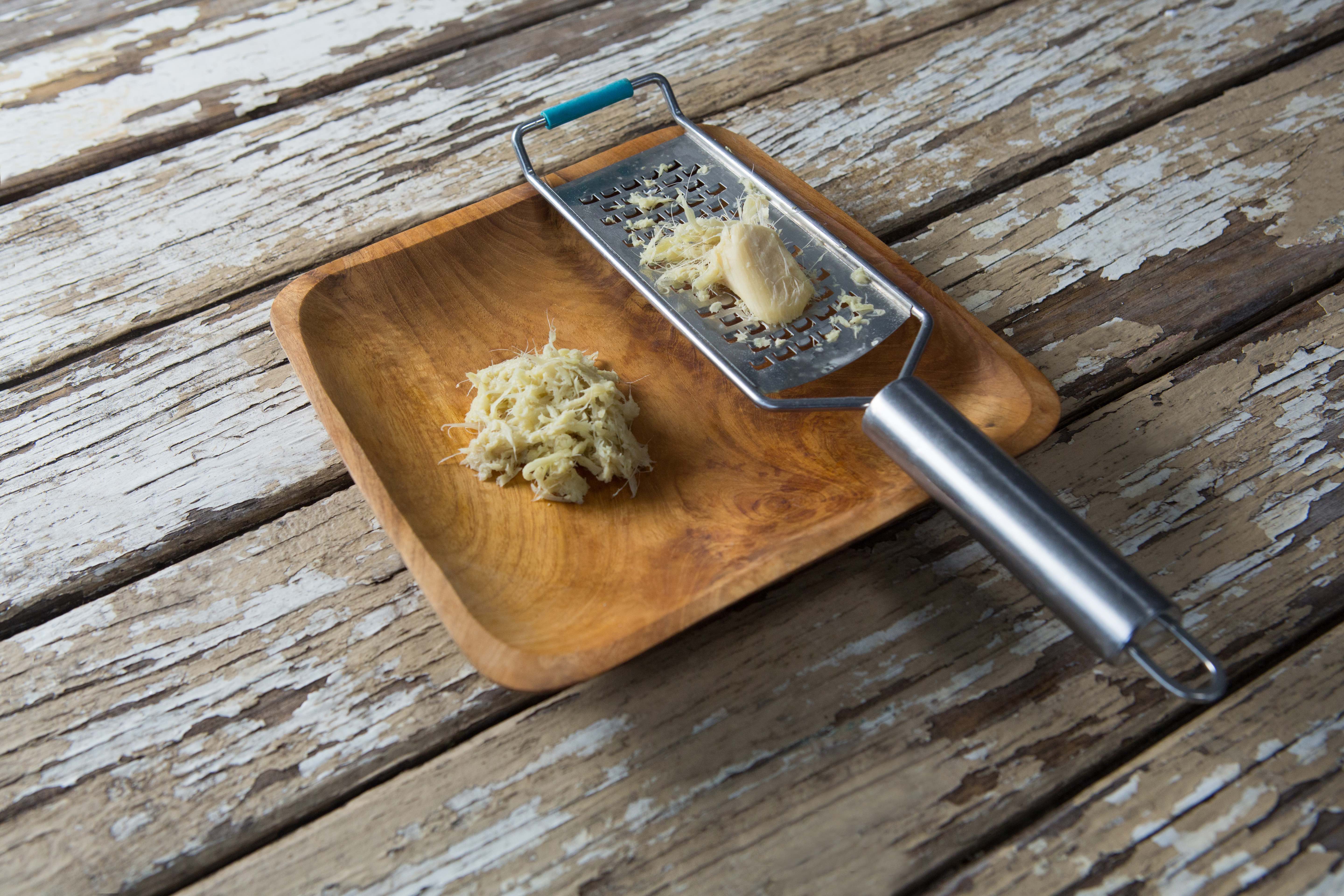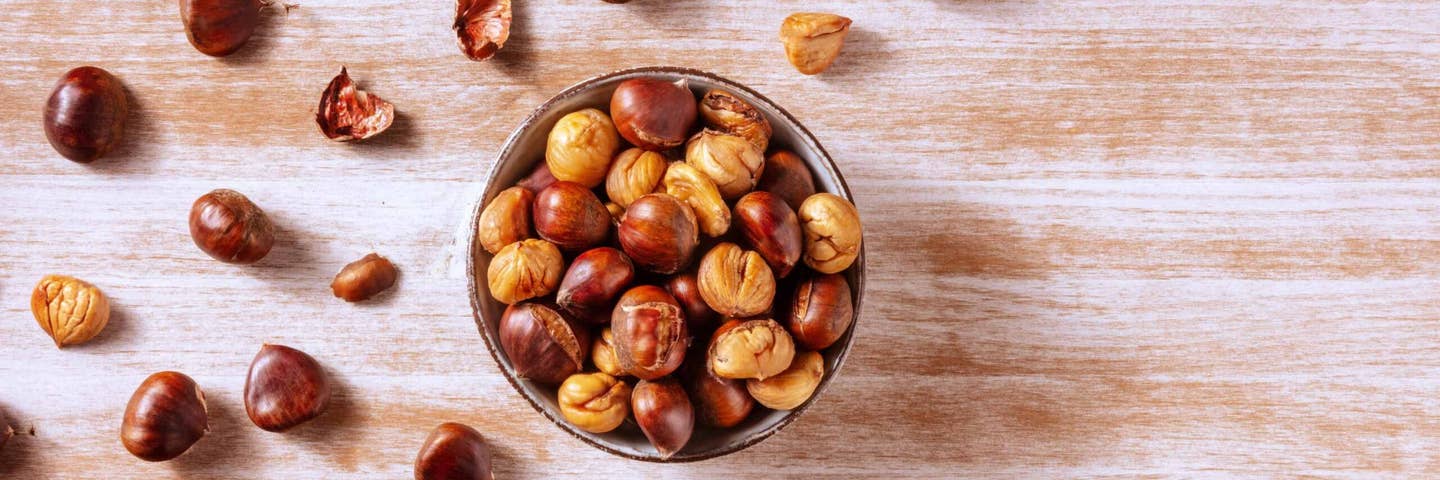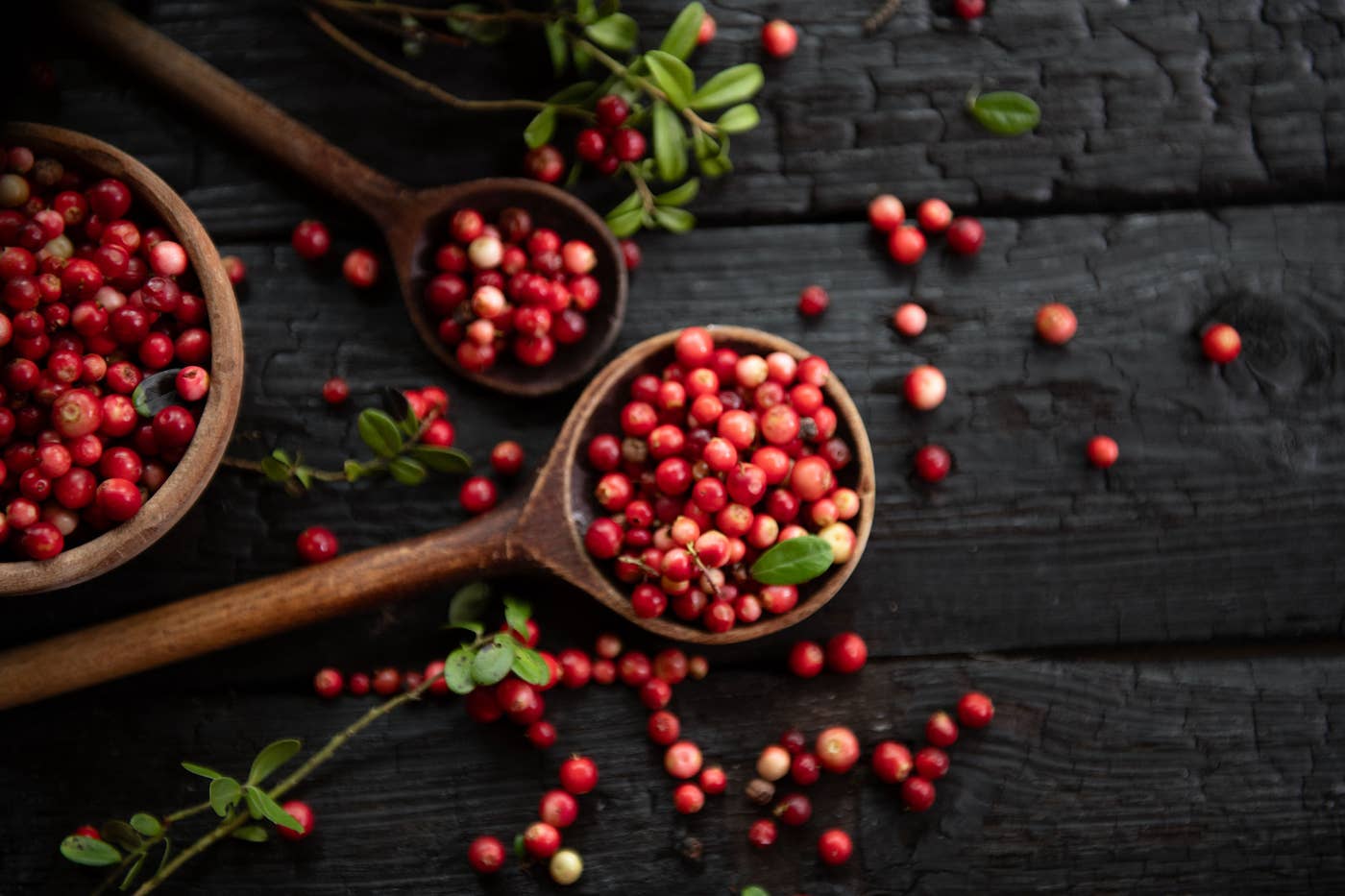Fresh ginger root lends a distinctive zing to a variety of cuisines from Asia to South America. The tan, knobby root is readily available in most grocery stores, usually alongside the garlic and shallots. Still, many cooks remain unsure about how to prep and use it. The following run-down tells you everything you need to know to about using fresh ginger, including ways to add it to your favorite recipes.
How to Choose Ginger Root
Choose “hands” of fresh ginger root with firm, unwrinkled skin that’s thin enough to scrape away with your fingernail. (Tough, thick skin is a sign the ginger may be old and dried out.) Fresh ginger root is usually sold by the pound, so it’s OK to break off only what you want from a larger piece.
How to Peel It
Peel the ginger piece or knob by scraping away the skin with a thin-edged teaspoon. Peeling fresh ginger isn’t absolutely required—unpeeled ginger works fine in most recipes—though it’s always best to peel if you’re not using organic ginger.

How to Cut It
Before you begin cutting ginger root, first break off the amount of fresh ginger you need for a recipe. This won’t affect the rest of the root’s freshness, and the smaller piece is easier to work with than a whole hand.
Slice ginger root into coins to flavor soups, stews, and other simmered dishes. Sliced ginger gives you more control over the final taste of a dish, since the coins can be removed at any time if the flavor starts to get too strong.
Grate ginger root for all other uses. Grating ginger yields the most potent flavor, and it's easier than using a knife to mince the tough, fibrous root. The grater blades shred the flesh into tiny bits and separate them from the fibers in the root. Be sure to grate over a bowl to catch any juice. Grated (or minced) ginger’s flavor can intensify over time—something to consider when making dishes ahead.
How to Store It
To store fresh ginger root, place it, unpeeled, into a resealable plastic bag and keep in the fridge for several weeks or in the freezer for several months. Older ginger with wrinkled skin is still fine to use (though it may be more fibrous), but toss out any that has begun to mold. Frozen ginger retains its just-bought freshness and can be used straight out of the freezer—no thawing necessary. The rock-hard root is easier to slice, mince, and grate than fresh because the fibers remain firm and won’t catch on a knife’s blade or grater holes.
Substituting Fresh Ginger for Ground Ginger
Substitute 1 tablespoon minced fresh ginger for ½ teaspoon powdered (aka ground) ginger, or vice versa. Minced ginger paste (sold in jars) can also be used in place of fresh ginger.
Six Everyday Ways to Cook with Fresh Ginger
—Add 2 or 3 coins of fresh ginger to homemade tomato or barbecue sauce.
—Add 1 teaspoon minced fresh ginger to 1 cup of marinade or salad dressing.
—Blend 1 to 2 teaspoons minced fresh ginger into your morning smoothie.
—Flavor hot cereals with 2 to 3 coins or ½ to 1 teaspoon minced fresh ginger.
—Stir ½ to 1 teaspoon minced fresh ginger into 4 cups of fruit salad or fruit compote.
—Fold 1 to 2 tablespoons minced fresh ginger into the dry ingredients for baked goods.
Ready to get started? Check out Forks Meal Planner, FOK’s easy weekly meal-planning tool to keep you on a healthy plant-based path.
Related News
Try Our Top-RatedMeal Planner Free

Forks Meal Planner takes the hard work out of making nutritious meals the whole family will enjoy.
SAVE $200 ON OUR ULTIMATE COURSE

Join our best-selling course at a new lower price!





